Cross Country Ski Gear
Skis Binding Boots Poles
Cross Country Skis
Cross country skis are skinnier, longer and more flexible than downhill skies.
We use two types of skis in BNSS:
- Classic Track skis designed for skiing in groomed tracks
- Back country touring skis
Classic Track Skis

Classic skis are narrow, usually 40-60 cm wide.
We use waxless skis in our classes.
They have no metal edges.
Good for learning “kick and glide” in our first field trip
BNSS will pay for rental of these classic skis for your first field trip.
Backcountry Touring Skis

Backcountry touring skis are wider, usually 80-130 cm.
They can be wax or waxless, but we recommend waxless for our class unless you already know how to wax. We do not cover this in class.
They have metal edges to give you more control in making turns.
They are heavier but much more stable and best for backcountry trail conditions.
You will rent your own backcountry touring skies for the second and third field trips. Make sure they have metal edges.
Cross country ski terminology
Parts of the ski

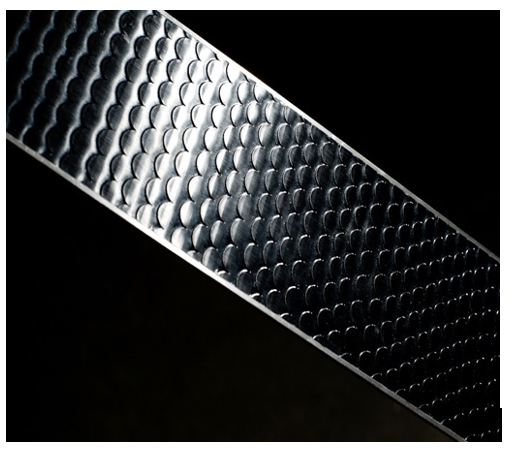
Notice the natural arch of the skis called the camber. When you are just standing on your skis, this middle area will be off the snow. This is that allows you to glide. The bottom side of this raised area is called the “wax pocket” This is where waxless skies need wax to stick to the snow. Your skis will have “fishscales" on the back. As you are skiing, this pocket gets compressed, sticking to the snow, and gives you the friction to propel your skis forward.

Bindings
The toes of your boots attach to the binding on your skis. While we’ll describe three binding types, the important information is that your boots must have the same binding as your skis! Normally this won’t be a problem as the rental location will take care of it and if you are buying new gear, the store will get it right. If you are buying used gear, you need to pay attention.
Binding for classic skis: NNN, standing for New Nordic Normal. The binding consists of a metal bar on the boot toe which locks into the binding on the ski. NNN bindings are narrower and not as robust.
Binding for backcountry touring skis: NNNBC or Backcountry 3 pin bindings. These bindings are heavier duty. NNNBC stand for New Nordic Normal Backcountry. The bar on the boot toe is thicker and wider, locking into the ski. Three pin bindings have 3 pins instead of a bar which lock into the ski.
Boots
Cross Country ski boots are more flexible than downhill ski boots. Boots for backcountry nordic touring skis with their NNNBC or three-pin bindings will be stiffer and sturdier than the boots for track skiing to give the skier more control when navigating on trails.
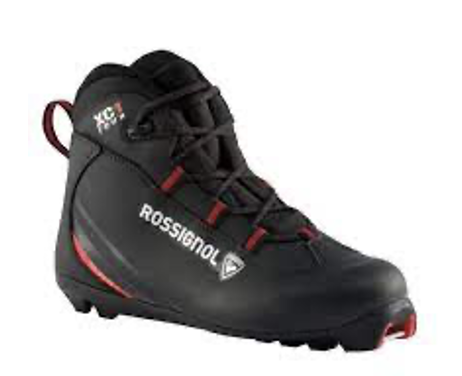
Notice the three types of binding on the bottom of the boots.
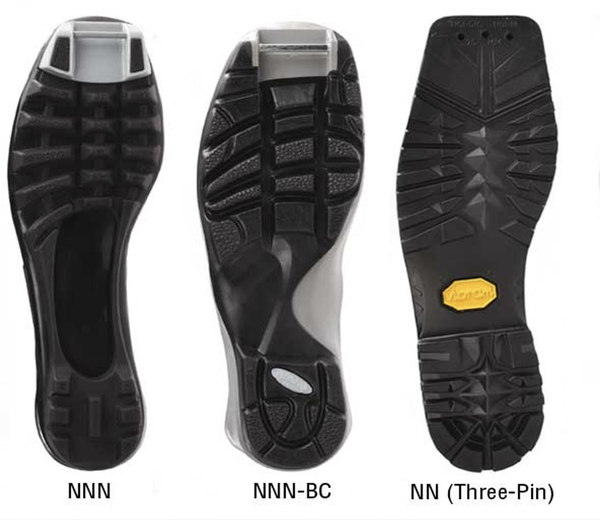
Poles
Cross country skis are longer than poles used for downhill skiing. If you hold your arm out straight, the pole should come halfway between your armpit and the top of your shoulder. Downhill ski poles will not work!
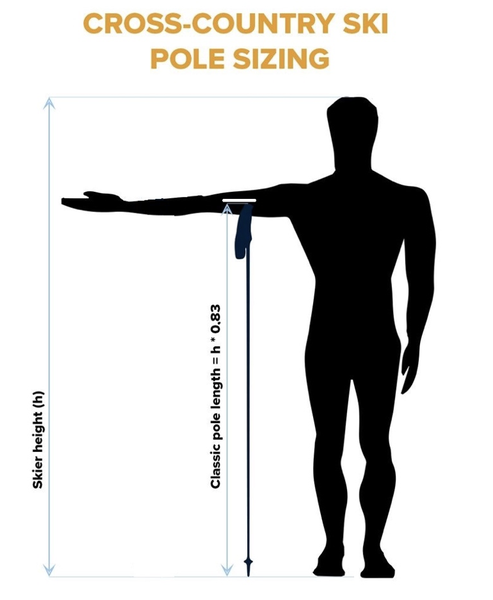
The baskets on your poles will be larger and more flexible than on your downhill or hiking poles. You’ll notice that one side of the basket is “cut off”. This allows the tip of the pole to reach the snow. The middle basket has lots of flexibility, allowing the tip to reach the snow.
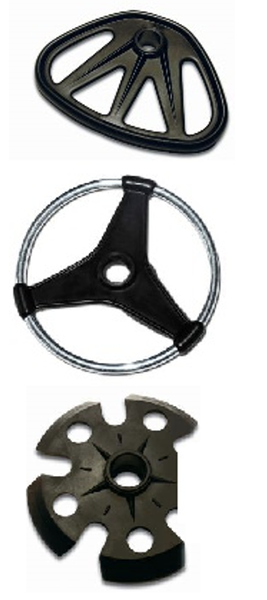
Before Buying Gear
It’s difficult to know what gear to buy, especially when you are a beginner. We suggest you don’t go out and buy gear before you’ve had a chance to ski on a couple of different skis.
Think about where you want to ski: at a resort with groomed trails or in the backcountry. Your experience level will guide the store expert to determine what fits you best, including the stiffness of the camber, length of the skis, and the type of binding and boots.
Reputable dealers include
- Boulder Nordic Sports
- Neptune Mountaineering in Boulder
- REI Denver
- Crystal Ski Shop in Boulder also rents cross country gear.


